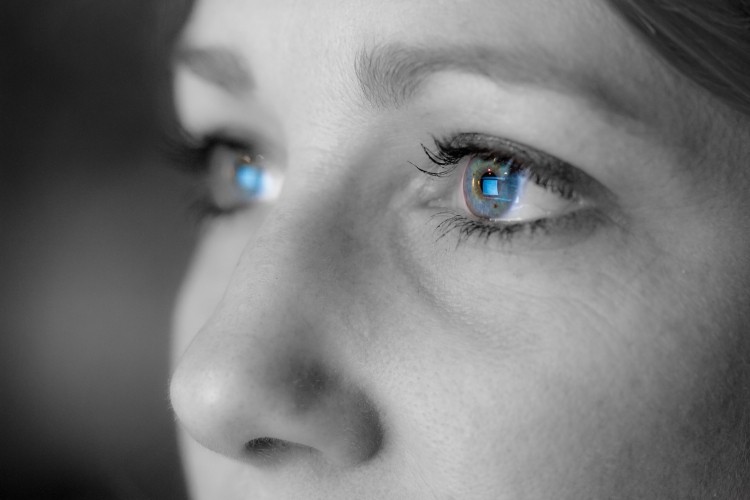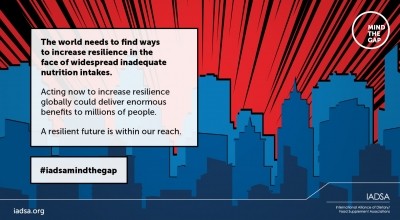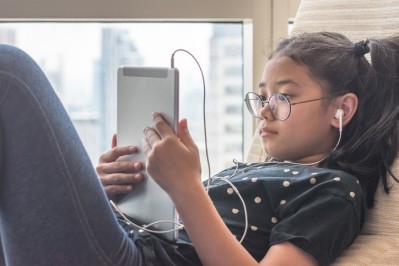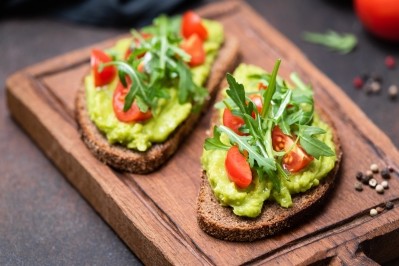Shining the blue spotlight on eye health dangers

The International Alliance of Dietary/Food Supplement Associations (IADSA) created Mind the Gap to fill gaps in consumers' scientific knowledge, while promoting real-life examples of successful national nutrition programmes.
Now, a new resource on the site entitled ‘The Dark Side of Blue Light’ explores how exposure to blue light has surged as a result of the increased use of smartphones, computer monitors and LED lighting, pointing out that it is estimated that we now spend an average of three hours and 15 minutes a day looking at our phones – amounting to nearly 50 days of the year.
"Blue light is more energy-intense than other types of light," the resource explains, "which means it can penetrate deep into the eye and, over time, cause irreversible degenerative conditions that may result in blurred vision.
"Until now, the irreversible degeneration of macular health has been most likely to start after the age of 50. Worryingly, however, there is evidence emerging that growing numbers of people are being impacted in their 40s. There is concern that greater exposure to blue light from smart devices and energy-efficient lighting is to blame."
IADSA goes on to explain that a daily intake of 10mg lutein and 2mg zeaxanthin can help to maintain macular health. However, these levels can be difficult to obtain from the diet, adding: "Food supplements offer an alternative source, with most of the lutein and zeaxanthin used in supplements derived from yellow marigold flowers, which are rich in both of these antioxidants."
The Dark Side of Blue Light was developed by IADSA in association with the US Council for Responsible Nutrition (CRN). US CRN President & CEO Steve Mister commented: “Smart phones, computers and energy efficient LED lighting have enriched our lives and delivered many benefits to society. The flipside is a detrimental impact on eye health. With studies showing that 10mg lutein and 2mg zeaxanthin can help to maintain eye health, including these antioxidants in the diet is a sensible step to take.”
Cynthia Rousselot, director of technical and regulatory affairs at IADSA, added: “Exposure to blue light has increased for people of all ages, which means eye health is no longer a priority only for the elderly. Our new Mind the Gap story brings this issue to life in an engaging and impactful way.”












